The last large royal garden, what are the surroundings of the Summer Palace ...
Author:Beijing Seal Inbeijing Time:2022.07.07
When it comes to the famous Royal Garden Summer Palace (formerly known as Qingyi Garden) in the northwest suburbs of Beijing. Maybe people first think of the lakes and lights of Qingbo, the golden and brilliant tower halls, the pine willow path of Huahu and the sparse ...
As the last large -scale palace garden built by China's last feudal dynasty, the Summer Palace has inherited the tradition of the royal gardens of our country. The effect of borrowing scenes has achieved extremely high achievements. Even the Emperor Qianlong, who has always been long -lasting in the appreciation, watched between Wanshou Mountain Kunming Lake, and couldn't help groaning the poem "Where the Yanshan is the best, Wushuang Fengyue belongs to Kunming" verses ". Essence
The Sanshan and Five Garden areas in the Summer Palace are located in the western suburbs of Beijing. Since the Song and Liao period, the Feng Shui Treasure Land in Beijing has been valued by the royal family. Because the three mountains and five gardens are royal temple gardens and royal gardens, the buildings are more frequent. The existing early temples are mostly ruins, but they can still be used as historical cultural relics information confirmed by text. It is necessary to protect these real historical relics, provide reliable basis and research results for the political, economic, cultural, and social research of the ancient capital of Beijing, and to become a reliable basis for Beijing's history from text to physical history.
01 Song and Liao period
During the Five Dynasties of the Tang Dynasty, Khitan rose in the Luohe River (now Western Limuron River) in the north. The leader Abaoji was called the Emperor Joomostic in 916 AD. In 938 AD, he entered the Sixteen State of Yanyun, and raised the Youzhou (now Beijing) of the Tang Dynasty to Youzhou Mansion. In the first year, it was changed to Youzhou Mansion as an analysis of Jinfu. Due to the long -lasting Liao Dynasty, the Liao Dynasty buildings existing the Liao Dynasty only existed in the Tianning Temple tower outside the west door. In the Xishan area, the Liao Dynasty architecture was Pu'an Tower, which is located on the south slope of the northeast of the four kings palace on the east side of Xiangshan. The tower was built in the Liao Dynasty. The tower was nine meters high. Liao Dynasty relics.
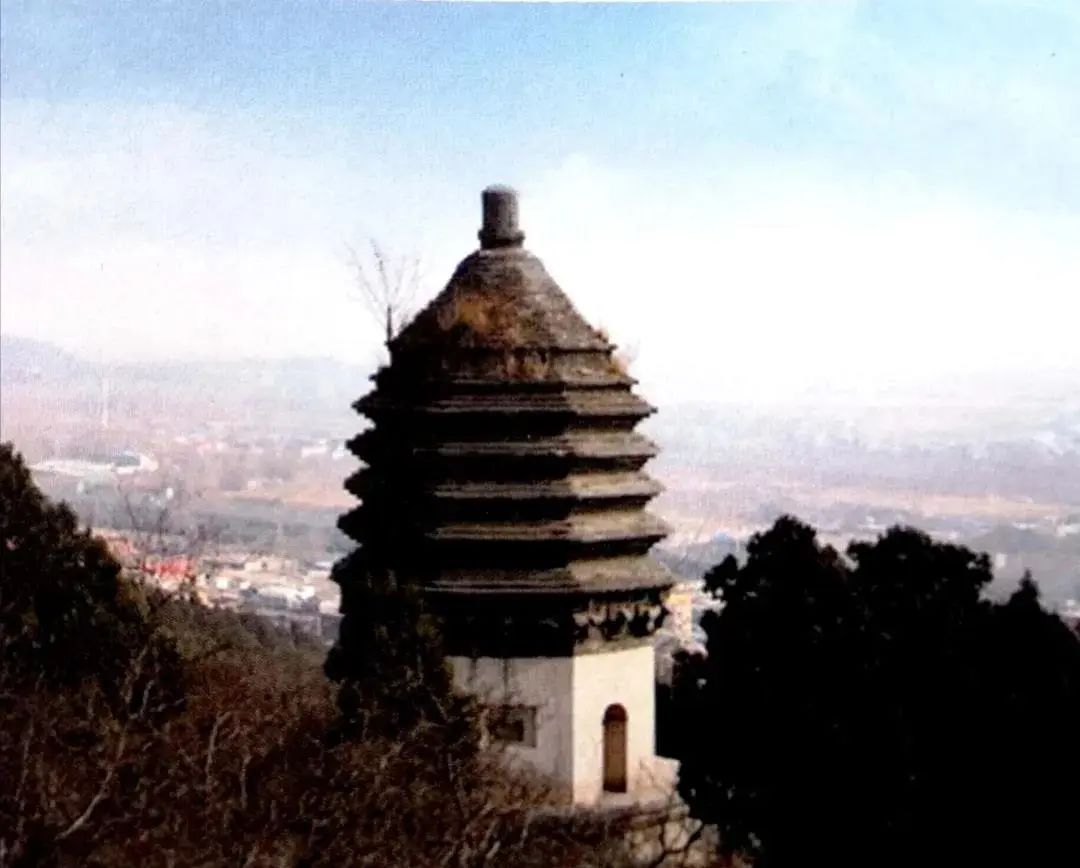
Putian Tower
02 Jin Yuan period
From 1153 to 1214 AD, Jindu City was moved by the capital of the capital, and Beijing was the Jinzhong era. The historical relics of Beijing existing in the Jin Dynasty were only Lugou Bridge. The Emperor Jin Dynasty loved country amusement. According to historical records, the Emperor Jin Dynasty and the area of Yuquan Mountain, Xiangshan, Suburban, established gardens and palaces. Because Jinzhong's capital in Beijing was only decades, historical records were recorded in Xishan to establish some of them in Xishan. The emperor's entertaining palace and other karma, but so far, the ruins remain very small.
From 1271 AD to 1368 AD, Beijing was the capital of the Yuan Dynasty in the Yuan Dynasty. The main energy of the rulers of the Yuan Dynasty was placed in the construction of Yuanda Capital, and the royal garden in the suburbs was less. Important historical relics -famous water conservancy projects. In 1291, Guo Shoujing, an outstanding engineer in the Yuan Dynasty, needed to directly drive the food ships in Tongzhou into the capital. It is necessary to use the canal connected to Tongzhou with Tongzhou, but you must find new water sources. Guo Shoujing built a canal that was roughly parallel to Beijing Xishan Mountain in Beijing, and gathered more than a dozen spring water in Changping and Xishan area into the Shanbo (that is, the predecessor of the Kunming Lake in the Summer Palace today). This new water source connects the canal of the Jin Dynasty with the Sorghum River. Through the eighteen water lifting water, Tongzhou Yunyun vessels directly enter the Most Capital Shichahai. Essence At the same time, a Jinshui River was repaired at the same time from Yuquan Mountain to Taiyuchi (now Beihai). These two river channels run through Haidian Town to Xishan area. History basis.
So far, the architecture and sites of the Yuan Dynasty have been preserved less. Under the site of the Yeluchi Temple in the Summer Palace, the tomb of Yelu Castle is found. Yeluzhu is the son of Yeluchu, the Minister of the Yuan Dynasty. Historical information.

Yelu Casting Tomb
The Shifang Pujue Temple, located in the Xiangshan Botanical Garden. In the Yuan Dynasty, it was called Zhaodao Temple. The Temple was dedicated to a copper recycling Buddha cast by the Yuan Dynasty. As for many places in the area of temples within the scope of Sanshan and Five Garden, it was created in the Yuan Dynasty, but now the temples have nowhere to find the Yuan Dynasty relics.
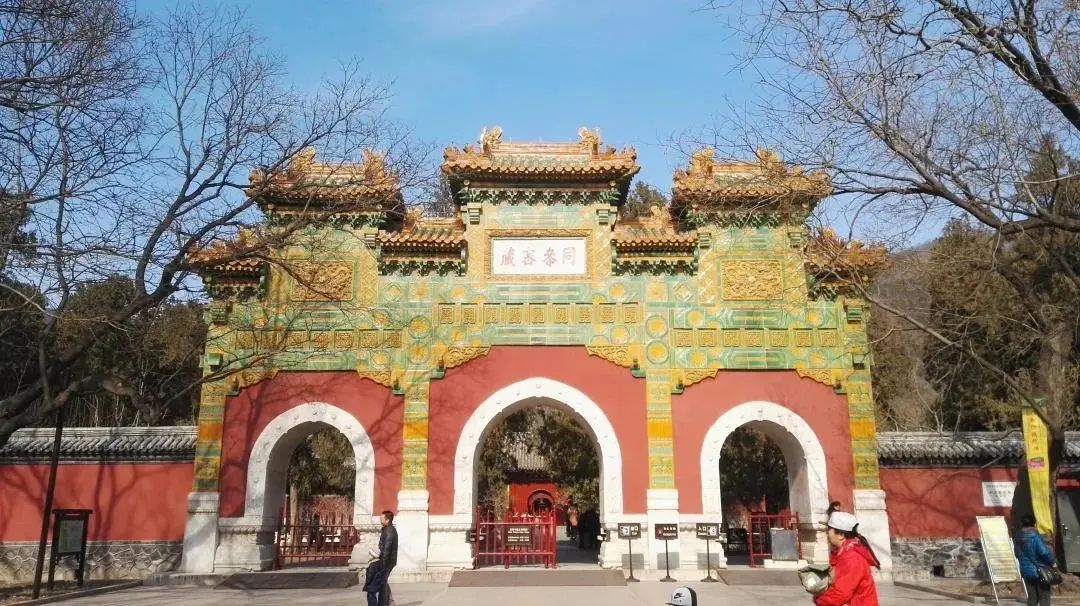
Langfo Temple Gate
03 Ming Dynasty
Shortly after the Ming Dynasty moved to Beijing, the Emperor of the Ming Dynasty planned to build an amusement and leisure venue in Beijing and the Royal Garden. Natural landscapes in the minds of people are an indispensable element. Therefore, the northwestern suburbs of the Summer Palace today become the best choice for emperors to build the royal garden.
The most important water sources in the northwest suburbs of Beijing are today's Yuquan Mountain and Kunming Lake. They are located at the foot of the two hills of the plains. The surrounding area is wide and the land is fertile. During the Ming Dynasty, the Haidian area had begun to have a private garden with noble officials. Among them, the text records the Tsinghua Garden of Wu Qinghou Li Wei and Mingtao Mi Wanzhong's spoon garden in the Ming Dynasty. So far, only text records are unearthed without physical sites.
In the western wall of Peking University, there is a touched bridge relic in the spoon garden built by Ming Dynasty calligraphy and painter Mi Wanzhong as cultural relics as cultural relics. Located on the north of the north of Niangniang Mansion Village, Qinglongqiao Street, Haidian District, it is the tomb of Zhu Qiyu, the seventh generation of the Ming Dynasty emperor Mingzong, and the only emperor's tomb outside the Ming Dynasty of the Ming Dynasty. Zhu Qiyu is the younger brother of Ming Yingzong After the Ming Dynasty's "civil engineering change", Ming Yingzong was captured. In order to stabilize the army, Zhu Qiyu was established as the emperor, and then abandoned. , ,, Re -construction of the emperor's tomb. There are only the imperial pavilions and Ling Enmen in the current tomb area. In addition to the private gardens of the Xishan area of the Ming Dynasty, there are many royal and folk temples. Keep intact. The eunuch activities of the Ming Dynasty have a special historical role in Chinese history. This history has left a wealth of relics in the Xishan area. The Confucian temple was built; the Xitan Temple in Xiaotun Village, Qing Town, Siji was the ancestral hall of the eunuch of the Ming Dynasty. At present, the wooden rack of the main hall of Xizhan Temple has been inspected that the wooden ridge has a late Ming Dynasty color painting, which can be initially considered to be wood structure in the Ming Dynasty.
04 The Qing Dynasty
The Summer Palace and Sanshan Five Park officially began in the Qing Dynasty. In 1644, the rulers of the Qing Dynasty took over the Beijing City from the Ming Dynasty. Except for regular repair and additional palace, Beijing City did not need to be built on a large scale. Therefore All energy construction gardens and royal gardens. From the beginning of the Qing Dynasty to the middle of Qianlong, a large number of palace royal gardens and private gardens and gardens were built in the area of Haidian Town, northwest of Beijing to Xishan. The largest five, namely Changchun Garden, Yuanmingyuan, Xiangshan Jingyi Garden, Yuquan Mountain Jingmingyuan, Wanshou Mountain Qingyi Garden, known as Sanshan Five Garden. They bring together various types of Chinese landscape gardens, including artificial landscape gardens Natural landscape gardens and mountain gardens represent the essence of Chinese classical royal garden art.
Sanshan Wuyuan distributed map (Qi Qingcheng Ruisai)

Changchun Garden was built in the 23rd year of Kangxi in the Qing Dynasty (1684). It was located on the former site of Tsinghua Garden, the original Daiwu Qinghou Liwei of Haidian Town, Haidian Town, Western Subway. It is the imperial garden of Emperor Kangxi in Beijing. The main site is part of the Sports and Leisure Plaza of Haidian Changchun New Park. The only building in Changchun Garden is two temple doors sitting in the west facing the west outside Peking University. Sheshan Gate.
Located north of Peking University is the site of Yuanmingyuan. The Yuanmingyuan was originally the Garden of Emperor Yongzheng as the emperor. After three years of Yongzheng, it was expanded, rejuvenating Fuhai, and built the entrance court district to form a formal Li Gongyu Garden. In the forty scenes of Yuanming Garden, the 10th year of Qianlong (1745) began to build Changchun Garden on the east side of the Yuanmingyuan. In the thirty -seventh year of Qianlong (1772), Qichun Garden was formed in the south of Changchun Garden, forming Yuanmingyuan, Changchun Garden, and Changchun. The three gardens of Qichun Garden are called Yuanming Three Garden.
Yuanmingyuan "Three Garden"

According to the text records in the north and east of Qichun Garden in Changchun Garden in Yuanmingyuan, there are Chunxiyuan and Xichun Garden. But the site has not been excavated so far. In 1860, it was burned by the British and French forces. Only the ancient architectural foundation and garden sites were now saved, and it was opened as the National Archeological Site Park of the Yuanmingyuan.
Yuanming Park National Archeological Site Park (Qingcheng Ruisheng)
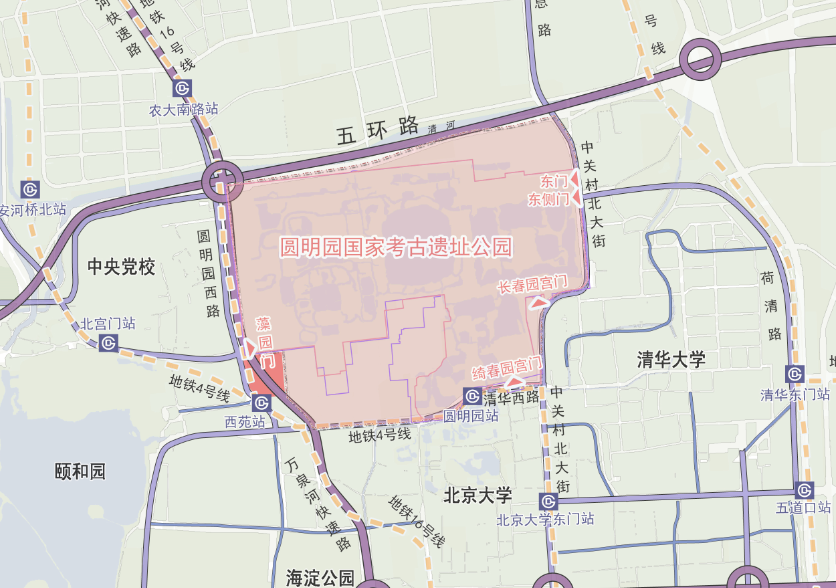
The more complete ones are Xiangshan Jingyi Garden. Xiangshan Jingyi Garden is located at the east end of Xishan. It is a mountain garden. Since the tenth year of Qianlong (1745), it has been transformed and expanded on the basis of the Xiangshan Palace in the former Kangxi period. Burned by the British and French forces, and now the site is gradually repaired on the basis of the site.
In the north of Xiangshan Park, there is an important temple Biyun Temple. Biyun Temple was founded in the Yuan Dynasty. 1748) Building the Diamond Farm Tower, Palace and Luo Hantang. The King Kong throne tower was temporarily stopped after the death of Mr. Sun Yat -sen. After the success of the Northern Expedition during the Republic of China, Sun Yat -sen's south was buried in Nanjing Zhongshan Mausoleum. This place became Mr. Sun Yat -sen's clothing. Biyun Temple established Mr. Sun Yat -sen Memorial Hall. Yuquan Mountain Jingmingyuan is located west of the Summer Palace. It highlights a small hill between Xiangshan and Wanshou Mountain. Due to the continuous spring water, it is called Yuquan Mountain. In the fifteenth year of Qianlong (1750), large -scale expansion was expanded, and there were sixteen attractions, which are now well preserved. The predecessor of the Summer Palace was built during the Qianlong period of the Qing Dynasty. It was the last palace royal garden in the three mountains and five gardens. During the Qianlong period, on the former site of Yuanjing Temple in the Ming Dynasty, Jianda Pao En Yanshou Temple. The renovation of Laoshan was Wanshou Mountain, and the West Lake was changed to Kunming Lake. In 1860, the Qingyi Garden was burned by the British and French forces.
Summer Palace Kunming Lake
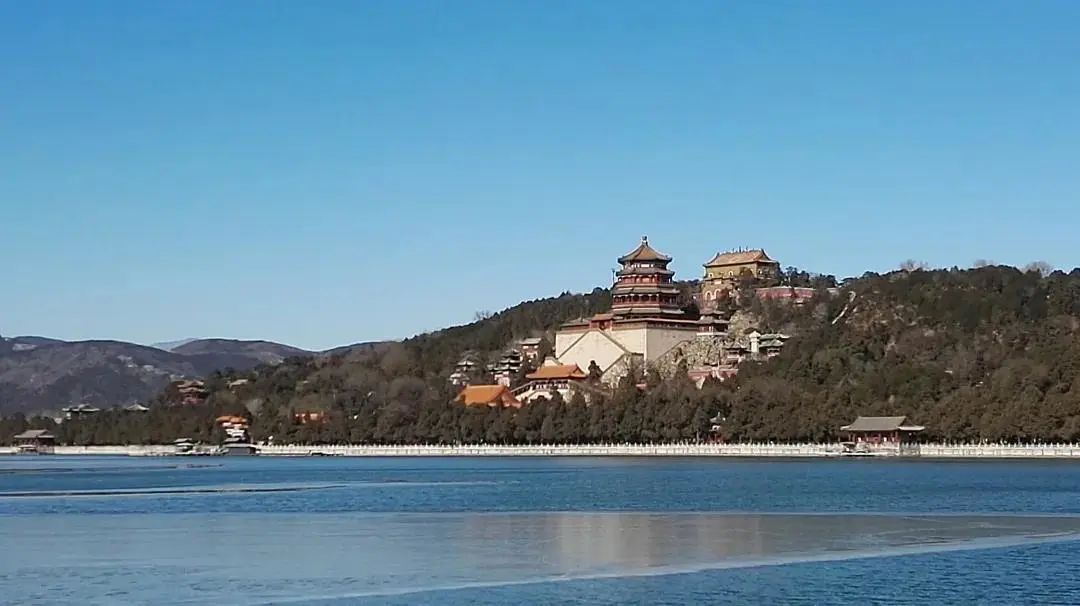
Bronze Cow on the Kunming Lake in the Summer Palace
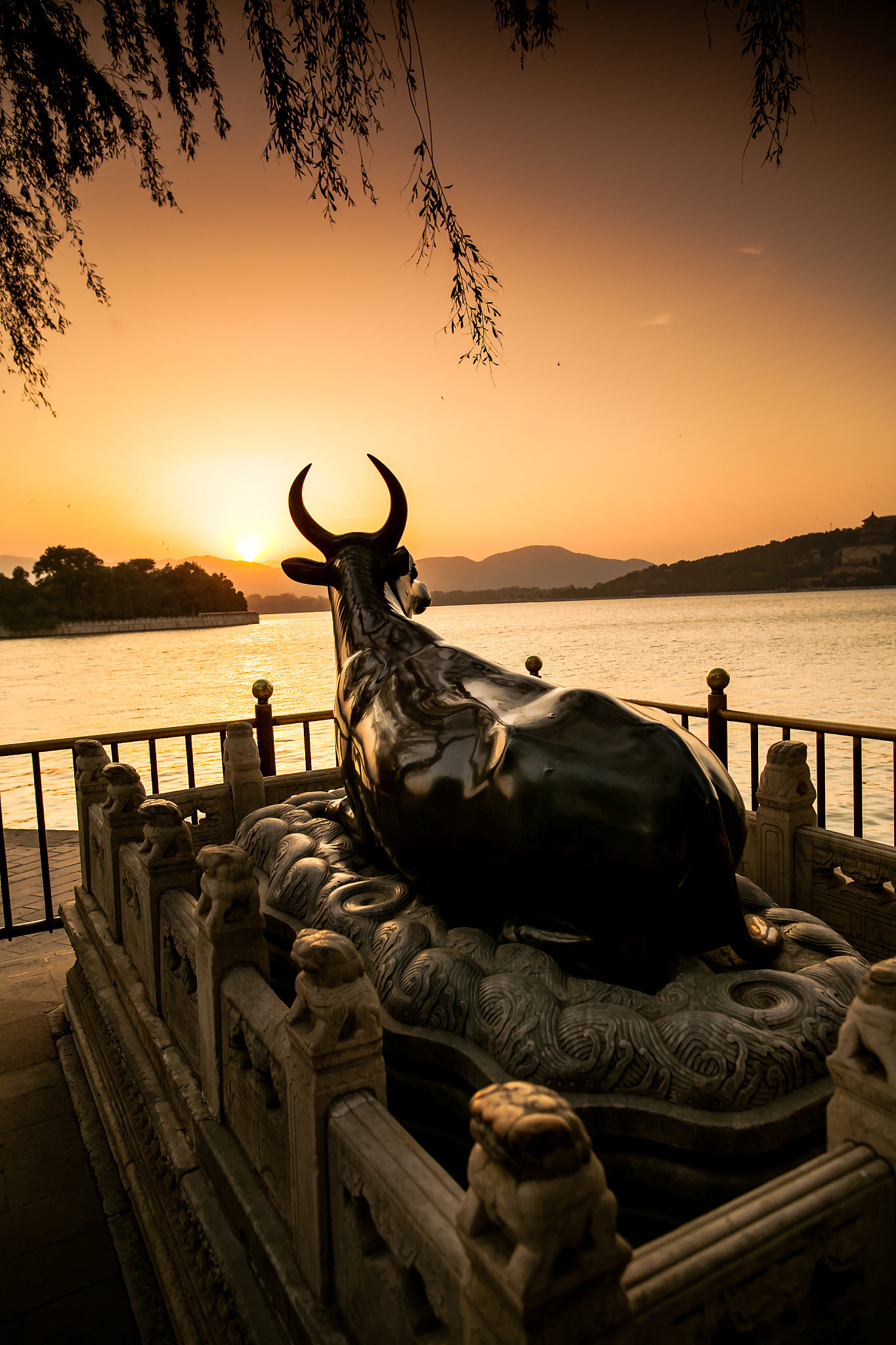
There are also many cultural relics in the Sanshan Wuyuan area that records the process of Beijing's historical development. In the surrounding area of Xiangshan, there are dozens of towers that have been preserved in the Qianlong period of the Qing Dynasty and dozens of tower that attacked Diaolou for Jianrui Camp. Jianrui Camp bunker
There are also Jianrui Yingwu Temples on the streets of Xiangshan. The three hard mountain tiles are sitting in the north and south buildings. The Qing Dynasty officials of the Qing Dynasty and the technique of riding shooting skills are now well preserved. At the foot of the Beijing Botanical Park at the foot of Xiangshan, the eight -flag barracks in the No. 39 Courtyard of Zhengbaiqi in the Beijing Botanical Park. A row of twelve Qing Dynasty barracks was left, which is now a Cao Xueqin Memorial Hall. There are Risang Temple, which is located on the east side of the Chinese Academy of Forestry Sciences, Xiangshan Road, Haidian District. Entering the temple, it has been destroyed. Only the mountain gate and the stele are residual. The mountain gate hall is three wide rooms, facing the southeast, and the packets are carved stone arch door, and the second room is a stone carving window.

There are many cultural relics in the Sanshan Wuyuan area. It is a physical record of Beijing's historical development. It is a history of human activities written in landscapes. It provides a physical basis for text records to make the text records of Beijing ancient capitals become a letter history.
Content source: Qingcheng Rui is now THID, author Hou Zhaonian
- END -
New Talk | "Everything about Farewell": We can't do everything

Everything about Farewell was written in early 2020. It was completed at the end o...
Prosperous Ecological Literature Construction of Beautiful China -2022 Sixth Five -Year Environmental Day National Field Activity China Ecological Literature Forum Speaking (2)

On June 5th, one of the National Fifth National Home Activity Series Parallel Foru...